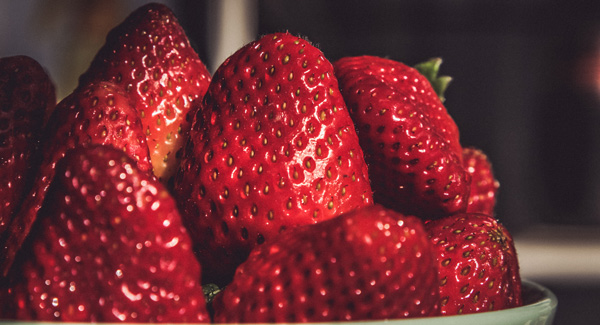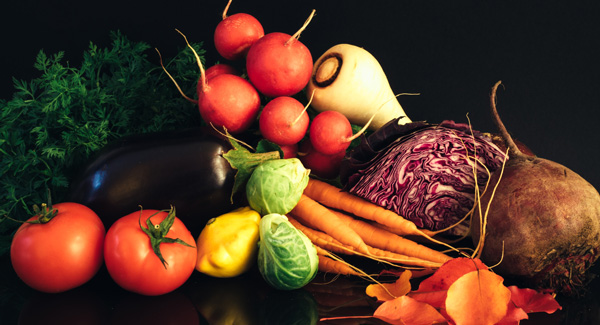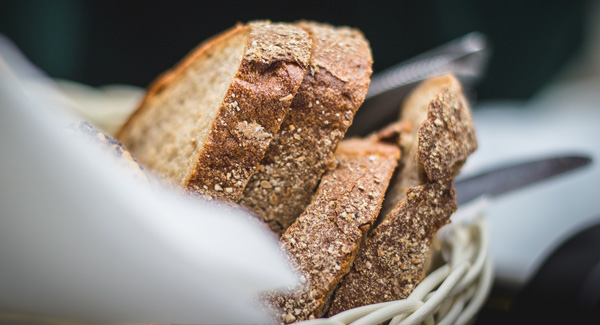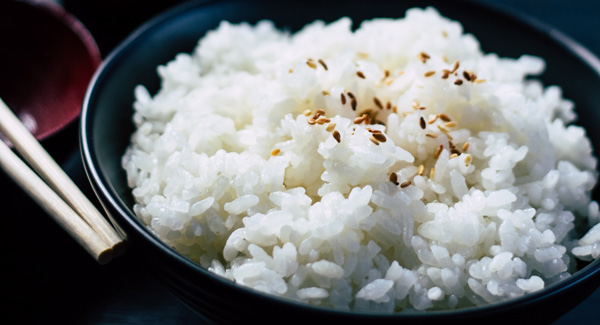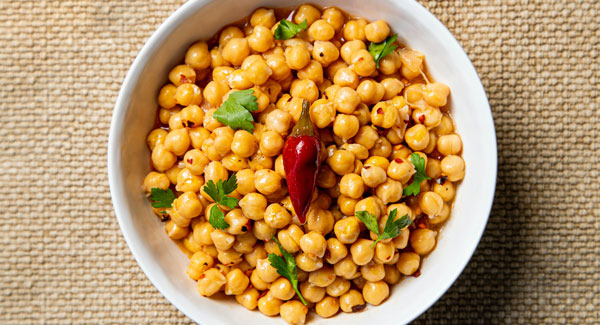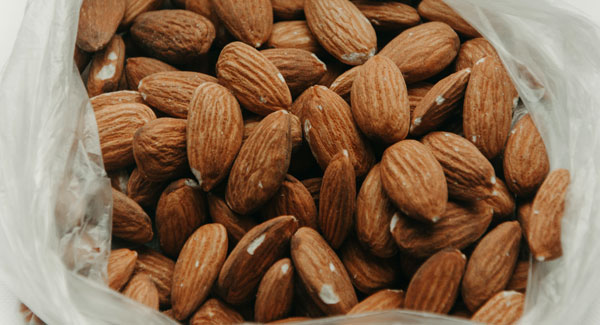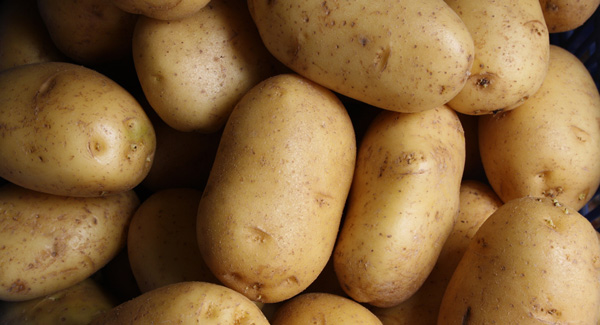The fibre amounts calculated are only an approximate guide to your fibre intakes – if you’re looking for more detailed advice on your fibre intake you may want to seek advice from a health professional such as a registered dietitian. Data from the calculator is not monitored or collected.
The British Nutrition Foundation looked to develop a tool that was easy and quick to complete.
A simple food frequency questionnaire approach was taken to assess whether the respondent is a low, moderate or high fibre consumer, with the data provided supporting the calculator able to derive an approximation of fibre intake based on commonly consumed foods within the major fibre-providing food groups namely vegetables, fruits, grains, nuts and seeds, and legumes. Potatoes have been included as a separate category as they can be included in food based dietary guidelines as either vegetables or starchy carbohydrates.
Respondents can use the calculator to determine their classification of fibre intake; low, medium and high consumers and the data/information provided may allow both generalised and more personalised feedback messages.
The FFQ used was adapted from the following: Healey G, Brough L, Murphy R, Hedderley D, Butts C, Coad J. Validity and Reproducibility of a Habitual Dietary Fibre Intake Short Food Frequency Questionnaire. Nutrients. 2016; 8(9):558.
- This FFQ looked to quantify fibre intake through frequency of usual consumption of fibre-rich foods in the diet namely fruit, vegetables, bread. cereals, nuts seeds and pulses.
- The adapted categories for the fibre calculator were fruit, vegetables, potatoes with skins, potatoes without skins, wholegrains, refined grains, nuts and seeds and pulses.
- Quantification was based on portions per day/week.
- Portion sizes were established using average portion sizes from Food Standards Agency Food Portion Sizes 3rd Edition and the British Nutrition Foundation portion size guide https://www.nutrition.org.uk/media/ohunys2u/your-balanced-diet_16pp_final_web.pdf
- AOAC Fibre content in each category was estimated from an average fibre content from popularly consumed foods in each of the categories. For example in the pulses category average fibre per portion was an average of canned beans, boiled beans, lentils and baked beans, for wholegrains this was an average of fibre per portion of brown rice, wholewheat pasta, wholegrain breakfast cereal (porridge oats, muesli, wheat bisks, shredded wheat, fruit and fibre) and wholewheat bread (sliced bread, toast and roll). • AOAC fibre content in foods was obtained from McCance and Widdowson’s The Composition of Foods Integrated Dataset 2021
- Portion Sizes were derived from i) FSA Food Portion Sizes 3rd edition and ii) the British Nutrition Foundation https://www.nutrition.org.uk/media/ohunys2u/your-balanced-diet_16pp_final_web.pdf

Nutrition plays a key role in consumers’ lives
We address the health and nutritional needs of your consumers using our science-based innovative ingredient solutions. Discover how in our Nutrition Centre...
